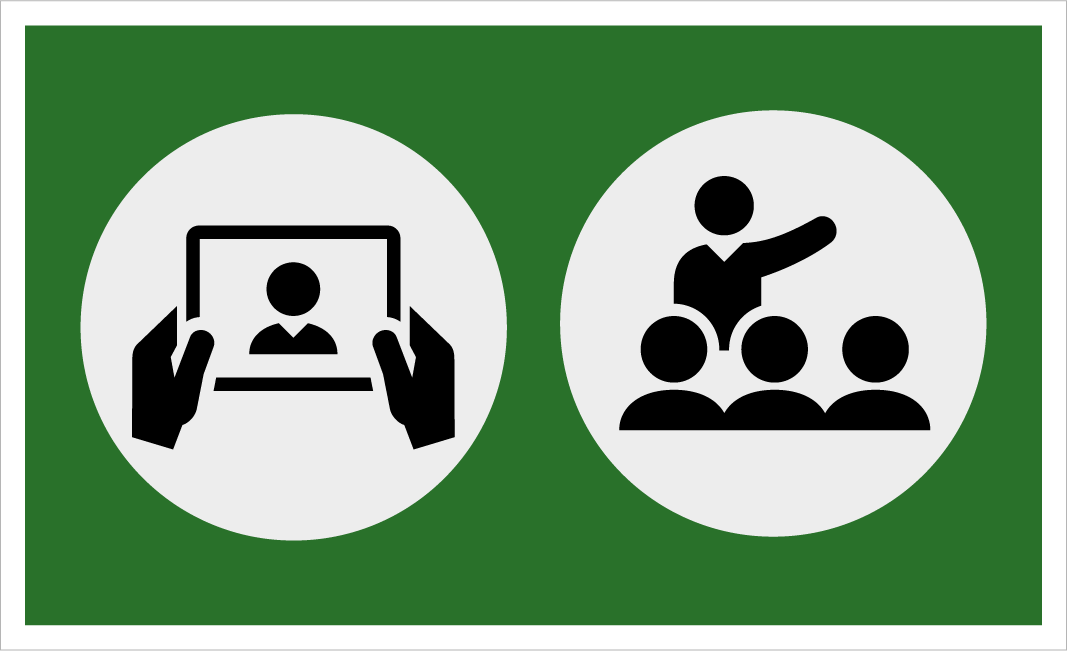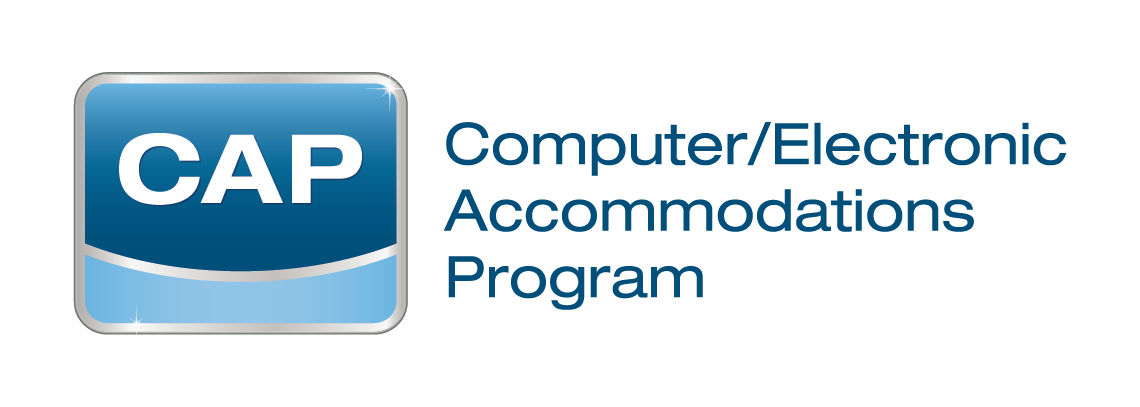Blindness
Accommodations for blindness are used to assist individuals without functional vision which impacts their ability to complete essential job tasks. These various types of items often accomplish this in the form of translating text into Braille or by reading information aloud to the user.
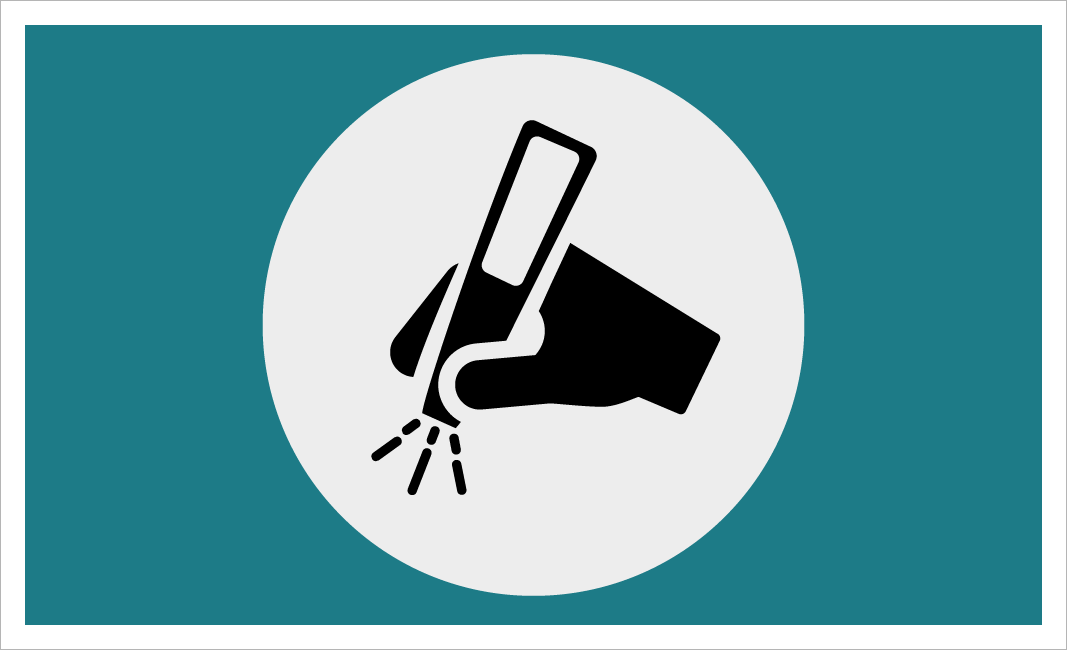
Audio Output Devices (5)
Audio Output Devices are used to assist individuals who have vision limitations that prevent them from accomplishing essential job tasks. They accomplish this by allowing a user to convert text to speech. These devices will allow text to be read aloud to the user.
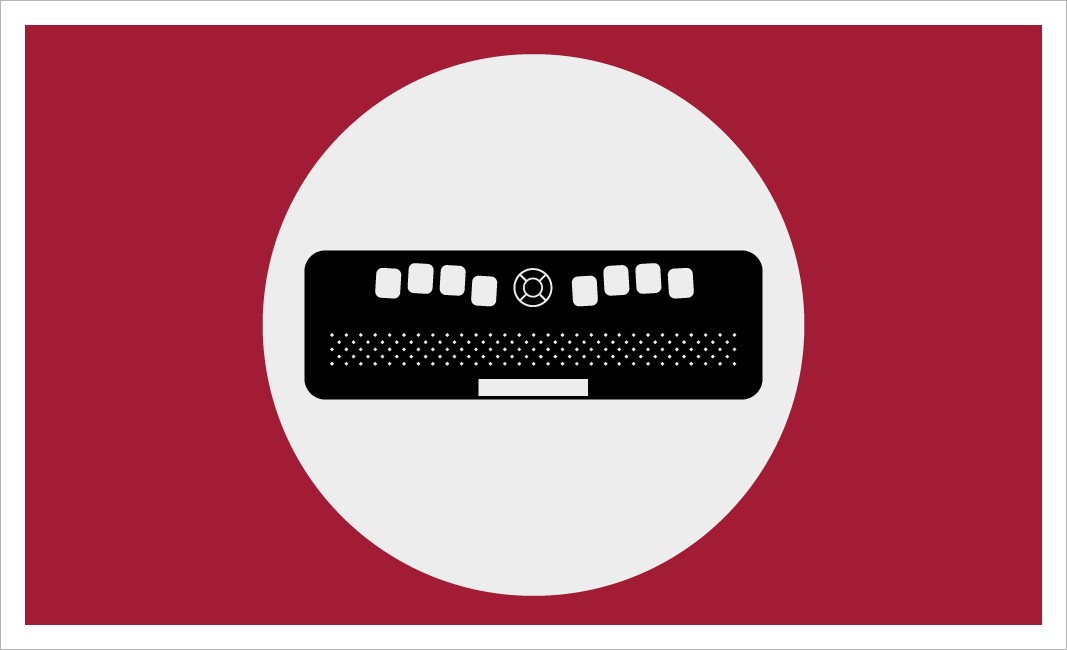
Braille Displays (12)
Braille displays are used to assist individuals who have vision limitations that prevent them from accomplishing essential job tasks. They accomplish this by allowing the user to read content from word processing documents, databases, spreadsheet applications and the internet by feeling refreshable Braille one line at a time. The Braille displays are used with screen readers and allow individuals who are Braille literate to interact with content in a more precise way than solely listening to speech output.
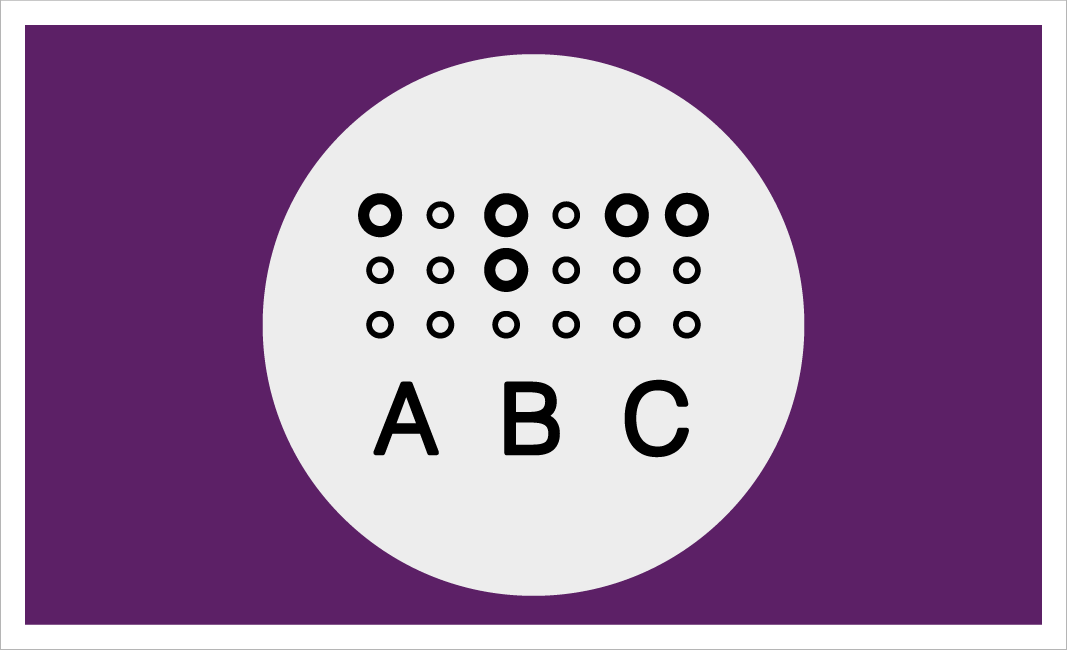
Braille Embossers (3)
Braille Embossers are used to assist individuals who have vision limitations that prevent them from accomplishing essential job tasks. They accomplish this by acting as a printer that creates tactile Braille cells instead of written text. When used in conjunction with Braille translation software, a document can be embossed, making Braille production more efficient and available to individuals who are Braille literate.
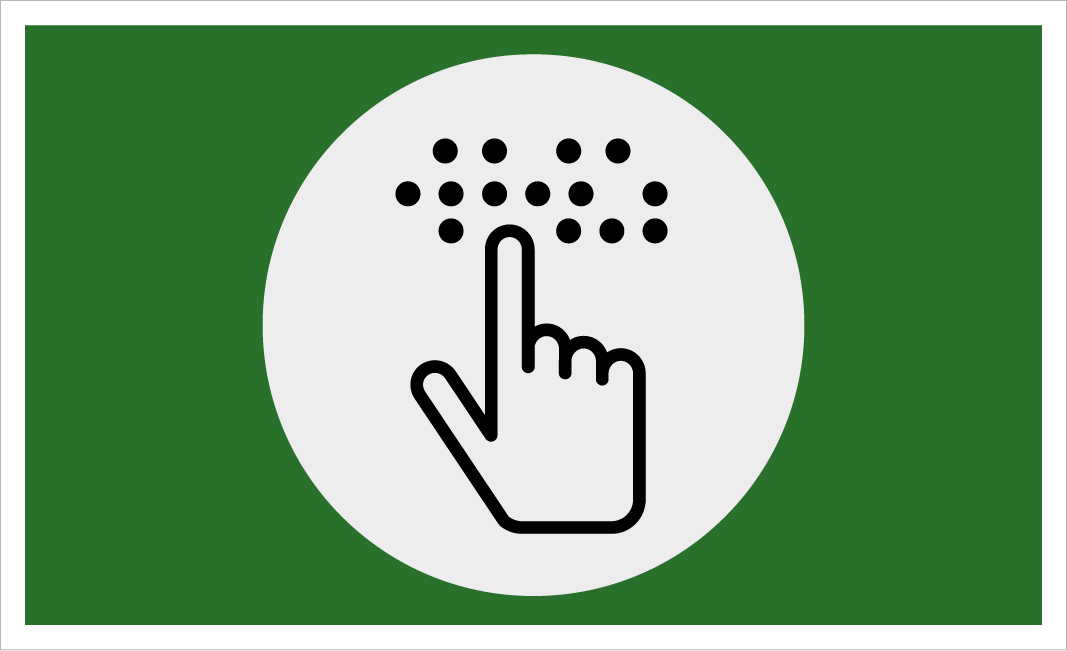
Braille Translators (6)
Braille Translators are used to assist individuals who have vision limitations that prevent them from accomplishing essential job tasks. The Braille translators accomplish this by allowing an individual who is blind to translate text into Braille code, and then send the information to a Braille embosser, which produces a hard copy of the text in Braille.
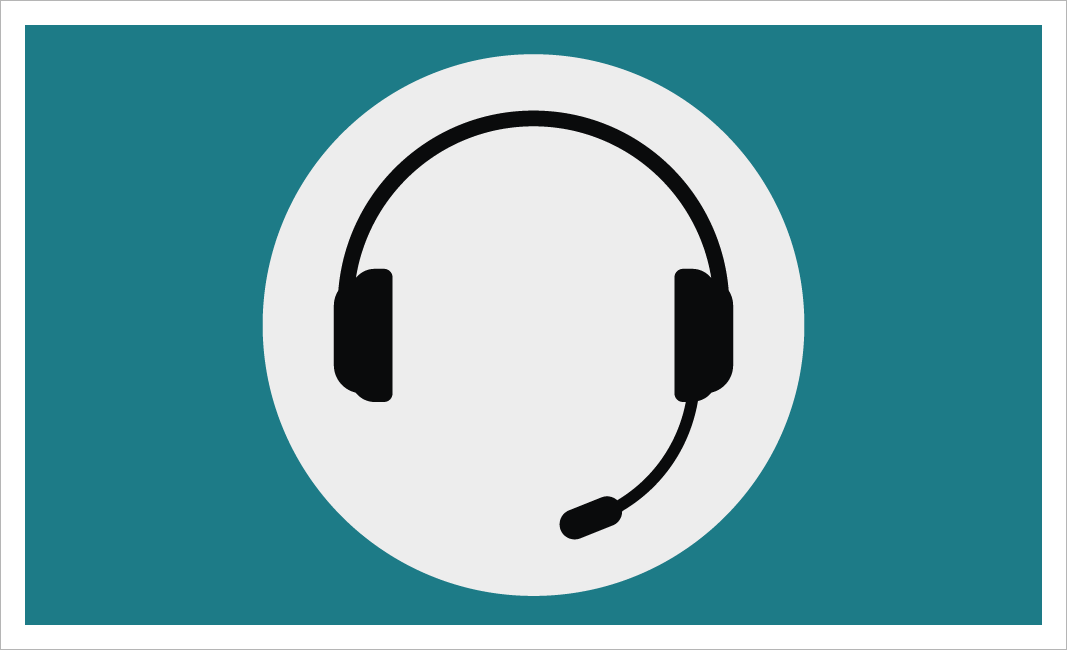
Computer Headsets (6)
Computer Headsets are used to assist individuals who have dexterity limitations that prevent them from accomplishing essential job tasks. They accomplish this by allowing a user to listen to audio from the computer, as well as speak to the computer. There are types of software that require a headset/microphone to function properly.
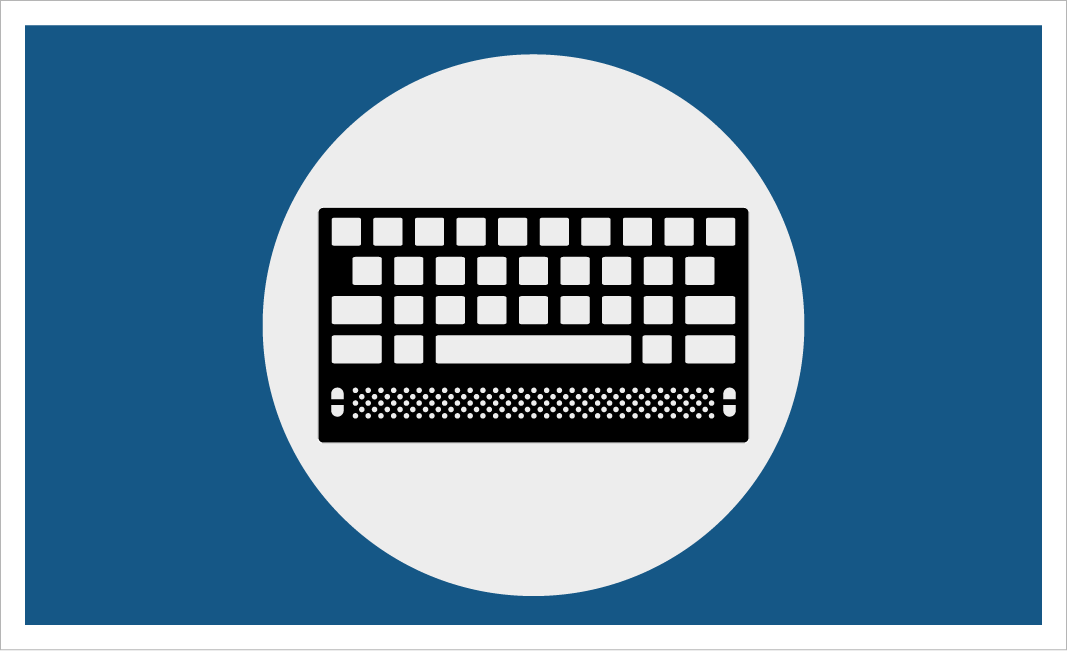
Notetakers (2)
Notetakers are used to assist individuals who have vision limitations that prevent them from accomplishing essential job tasks. They accomplish this by allowing an individual to input information through the required keyboard (QWERTY or Perkins style Braille keyboard) and obtain information in the required format (audio output or refreshable Braille display cells).

Scanner (9)
Scanners are used to assist individuals who have vision limitations that prevent them from accomplishing essential job tasks. They accomplish this by allowing a user to convert hard copy documents into an electronic format. Converting hard copy documents into an electronic format will allow individuals to use other forms of assistive technology to give them information in an accessible format so they can accomplish their essential job functions.
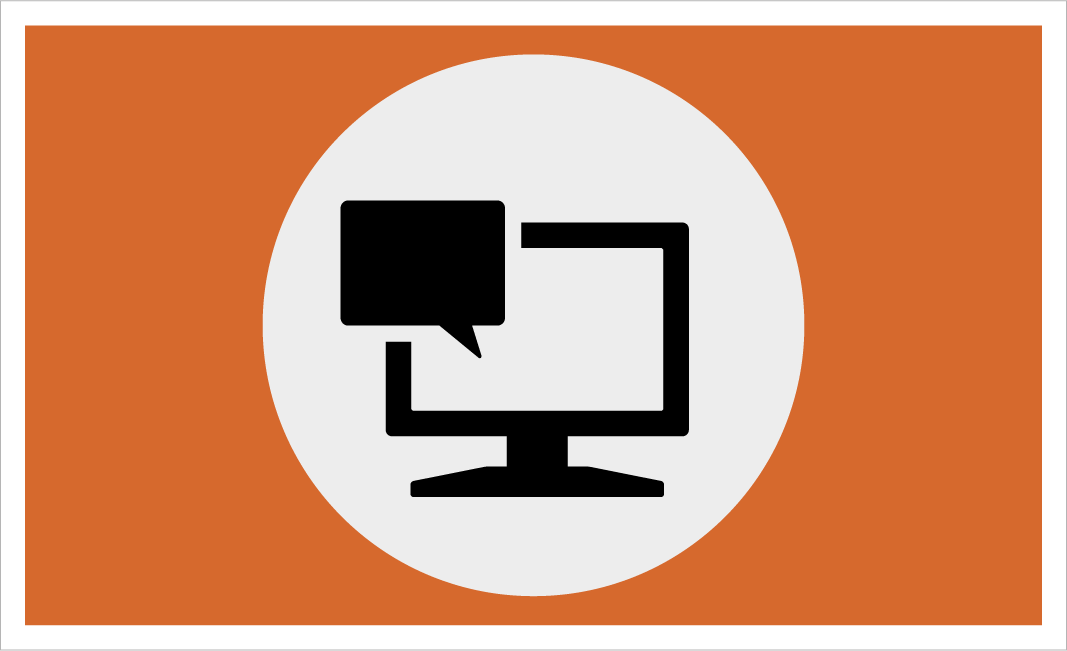
Screen Readers (16)
Screen Readers are used to assist individuals who have vision limitations that prevent them from accomplishing essential job tasks. They accomplish this by allowing a user to hear information from the computer instead of reading it from a monitor. The screen reader provides information from the computer through audio output.
